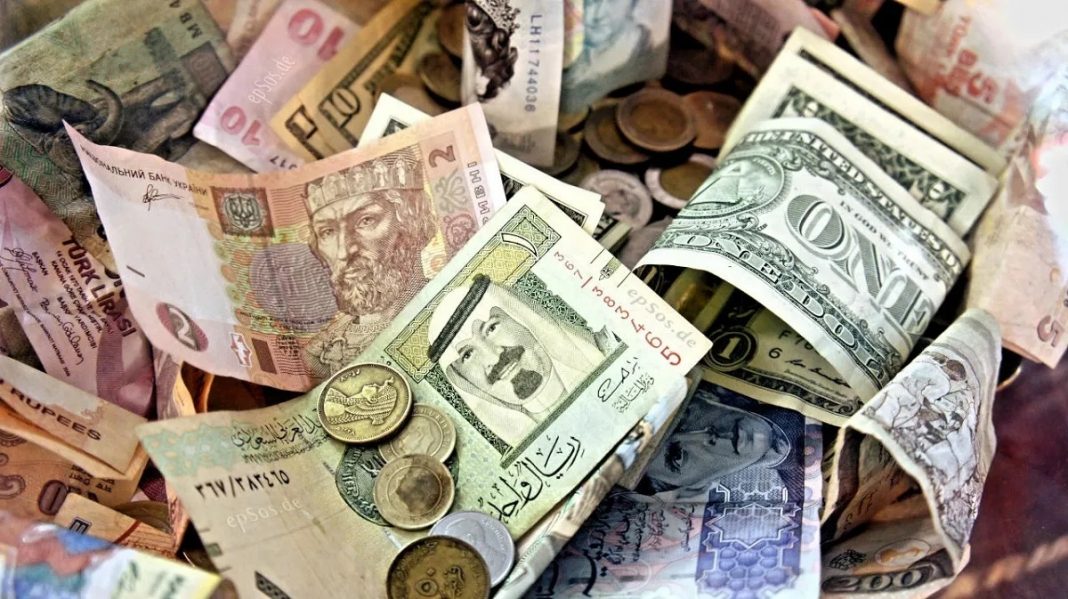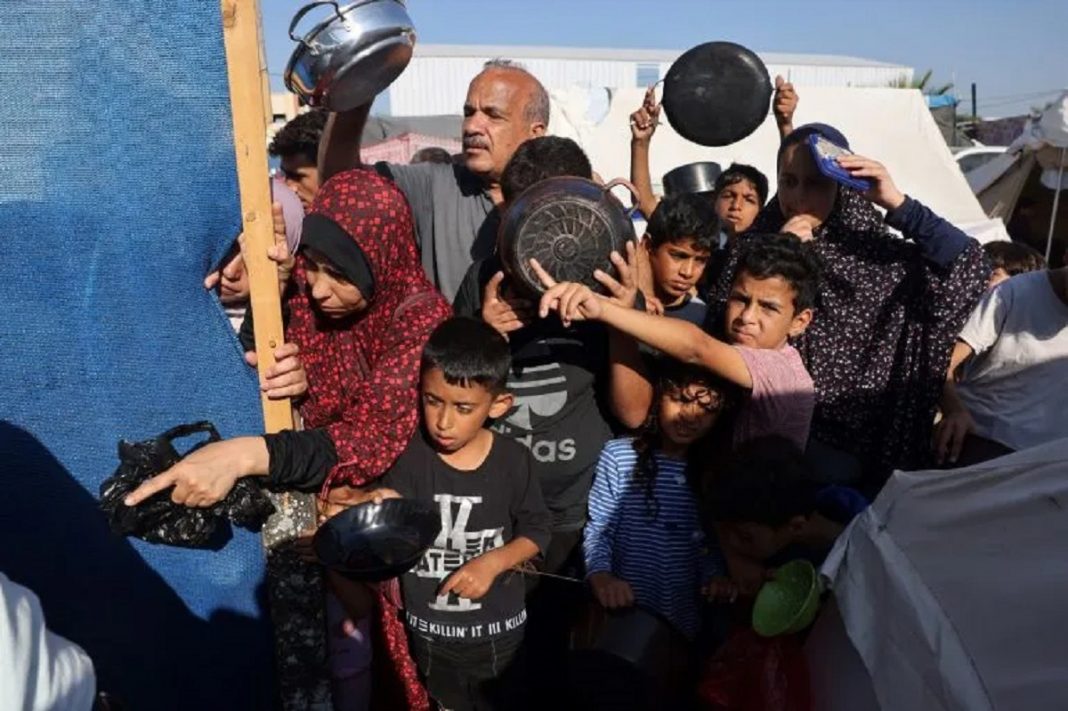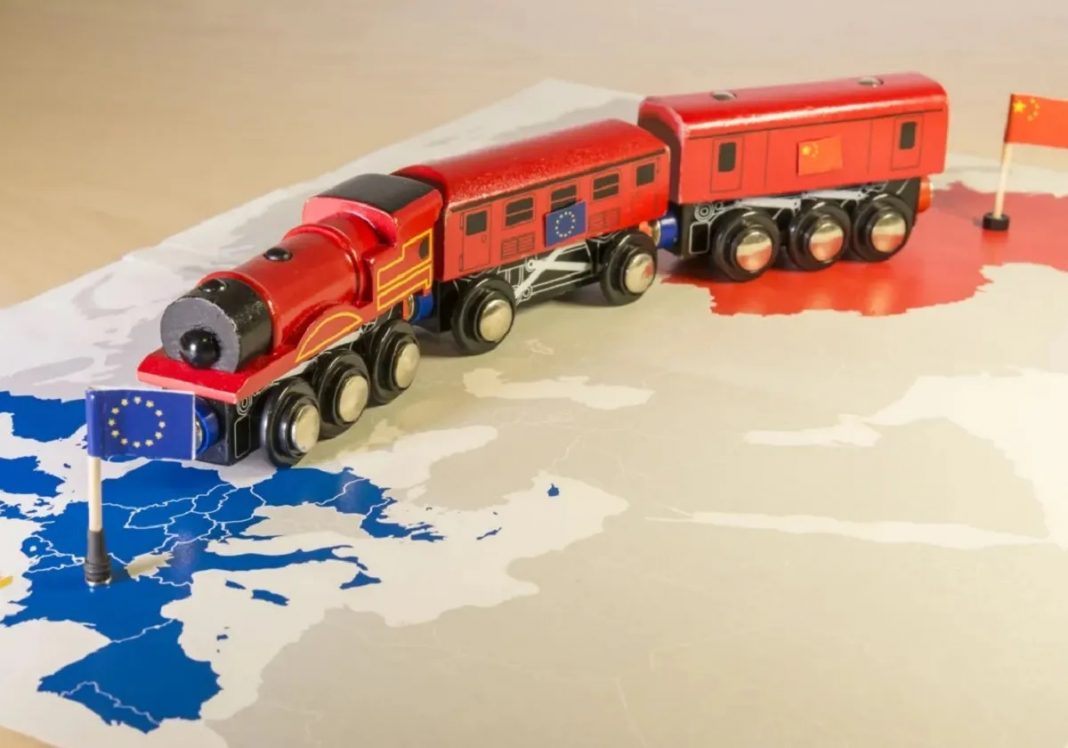Gabriel G. Tabarani
As the dollar continues its steady descent—expected to last well into the end of 2025—the economic fate of the Gulf Cooperation Council (GCC) economies hangs in a delicate balance. Their firm peg to the US dollar provides stability, but in a world where the greenback is increasingly brittle, this stability conceals growing fragility.
The dollar has slumped significantly in recent months. It now trades at around $1.17 to the euro, marking a four-year low and an 11 percent drop year-to-date. The US currency has also weakened 7 percent against the pound sterling and 6 percent versus the yen. Analysts at UBS project further depreciation, potentially hitting $1.20 by September and $1.23 by December to the Euro, as markets increasingly price in Federal Reserve rate cuts, especially if US job reports soften. For the Gulf, the problem is structural. Except for Kuwait, whose dinar is pegged to a basket of currencies, all GCC states remain tethered to the dollar. That means monetary policy is largely imported from Washington, regardless of local economic needs. When the Federal Reserve cuts rates, Gulf central banks must follow suit, even if booming credit cycles or inflationary pressures suggest otherwise.
The consequences are mixed, creating winners and losers across the Gulf’s economic landscape. On one hand, the weaker dollar is a windfall for sectors like tourism and real estate. Visitors from the eurozone or the United Kingdom suddenly find Dubai hotels, Abu Dhabi malls, and Qatari resorts more affordable. Similarly, the slump makes property in the Gulf cheaper for investors whose wealth is denominated in stronger currencies, boosting demand in an already buoyant real estate market. For governments, lower interest rates can also reduce borrowing costs. Saudi Arabia, which needs to tap international markets heavily to fund its ambitious Vision 2030 programs, finds relief in the cheaper cost of debt, as do corporate developers with large funding needs.
On the other hand, the dollar’s slide imports inflation into Gulf economies. The UAE sources more than half of its imports from Asia and about one-fifth from Europe. With the euro, yen, and yuan all strengthening, consumer goods from electronics to pharmaceuticals to automobiles become more expensive. Overseas education and travel, staples for many Gulf families, also take a bigger bite out of household budgets. Expatriate workers sending money back to home countries feel the sting as remittances lose value in stronger local currencies. For lower- and middle-income households, the impact is immediate and tangible, while for governments, it risks stirring public frustration if inflation begins to climb noticeably higher.
These opposing forces place Gulf policymakers in a bind. The peg to the dollar has long been a cornerstone of economic stability, anchoring inflation expectations and supporting investor confidence. Yet, as the dollar continues to erode, the peg increasingly resembles a drag rather than a safeguard. The arrangement once offered protection against volatile emerging-market currencies, making Gulf stocks and bonds especially attractive. But today, that logic has weakened. Investors seeking refuge are less impressed by a region locked to a depreciating dollar, particularly when emerging-market currencies elsewhere are strengthening. Although long-term foreign direct investment decisions—such as setting up factories or renewable energy projects—depend more on labor costs, regulations, and infrastructure than on currency fluctuations, the immediate attractiveness of Gulf equities is certainly diminished.
The weakness of the dollar is also reshaping global capital flows in ways that echo in the Gulf. Between 2020 and 2025, the United States enjoyed strong asset performance that drew huge net inflows of foreign capital. Much of that investment was left unhedged, leaving investors heavily exposed to dollar swings. Now that the dollar is faltering, those same investors are scrambling to hedge their positions, effectively reducing demand for the greenback and prolonging its decline. UBS estimates that more than $1 trillion worth of foreign-owned US portfolio assets could still be hedged, suggesting that downward pressure on the dollar will persist. This creates additional uncertainty for the Gulf, whose fortunes are closely tied to how the greenback fares.
For Gulf policymakers, the moment calls for strategic reflection. Should the region continue to hitch its wagons unquestioningly to the dollar? Voices are already emerging that question whether the peg, once a symbol of strength, is now locking the Gulf to a declining currency. A weaker dollar that boosts tourism but drives up import bills may prove tolerable for a while, but if inflation accelerates sharply, the political cost of imported price rises could outweigh the benefits. And if the US currency remains on a downward trajectory beyond 2025, pressure to at least revisit the peg could grow louder. Kuwait’s basket peg offers one model, but any reconsideration would require careful coordination across the GCC to avoid financial fragmentation.
There are, however, opportunities amid the uncertainty. The Gulf can capitalize on its improved competitiveness for European and Asian tourists and use low borrowing costs to finance critical infrastructure. Governments could also encourage hedging strategies among domestic companies to mitigate rising import costs. More broadly, the dollar’s volatility underscores the urgency of diversifying Gulf economies away from hydrocarbon dependence and into knowledge industries, logistics, and technology sectors that are less vulnerable to currency shocks. By reducing exposure to imported inflation and dollar cycles, the region can strengthen its resilience against the vagaries of global finance.
Ultimately, the weakening dollar is both a gift and a test for the Gulf. It offers cheaper debt and booming tourism but threatens to import inflation and erode the attractiveness of its financial markets. The currency peg, long regarded as a stabilizing anchor, now demands a reassessment. Blind adherence could prove costly if global conditions continue to shift against the dollar. What the Gulf chooses to do with this moment—whether to recalibrate or to endure—will shape the region’s economic trajectory for years to come.
This article was originally published in Arabic on the Asswak Al-Arab website


